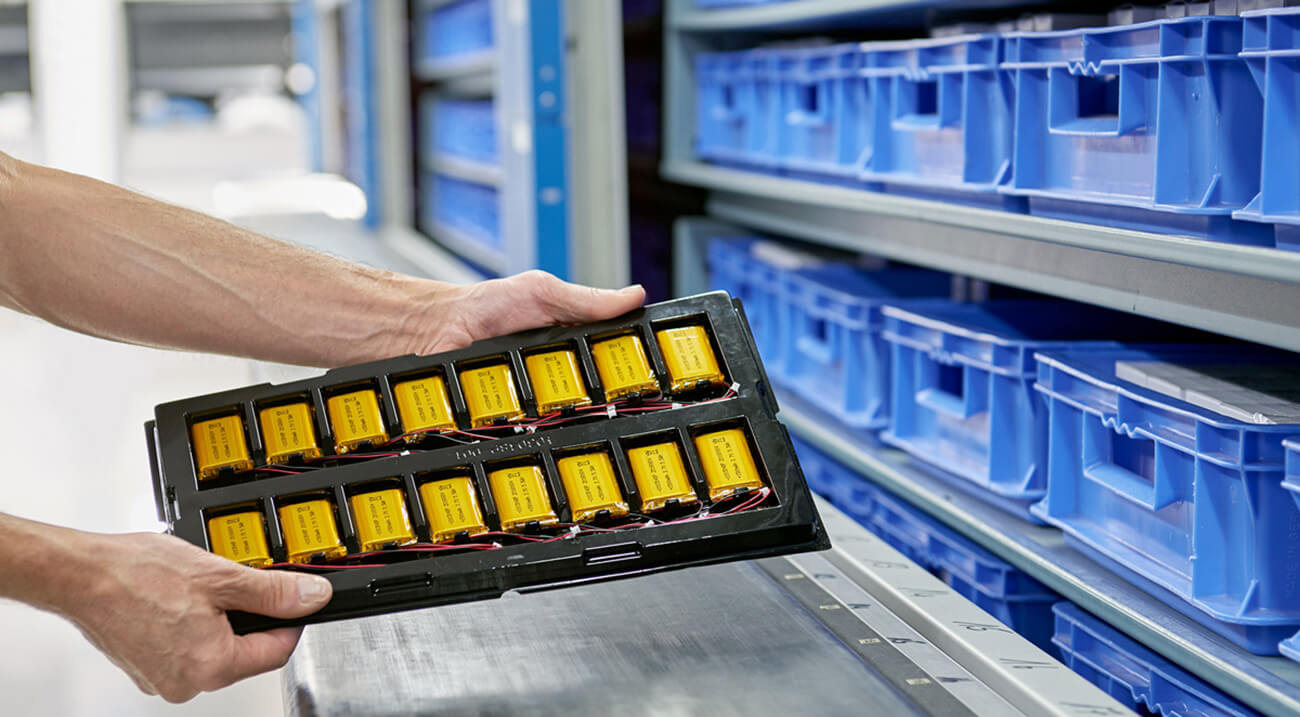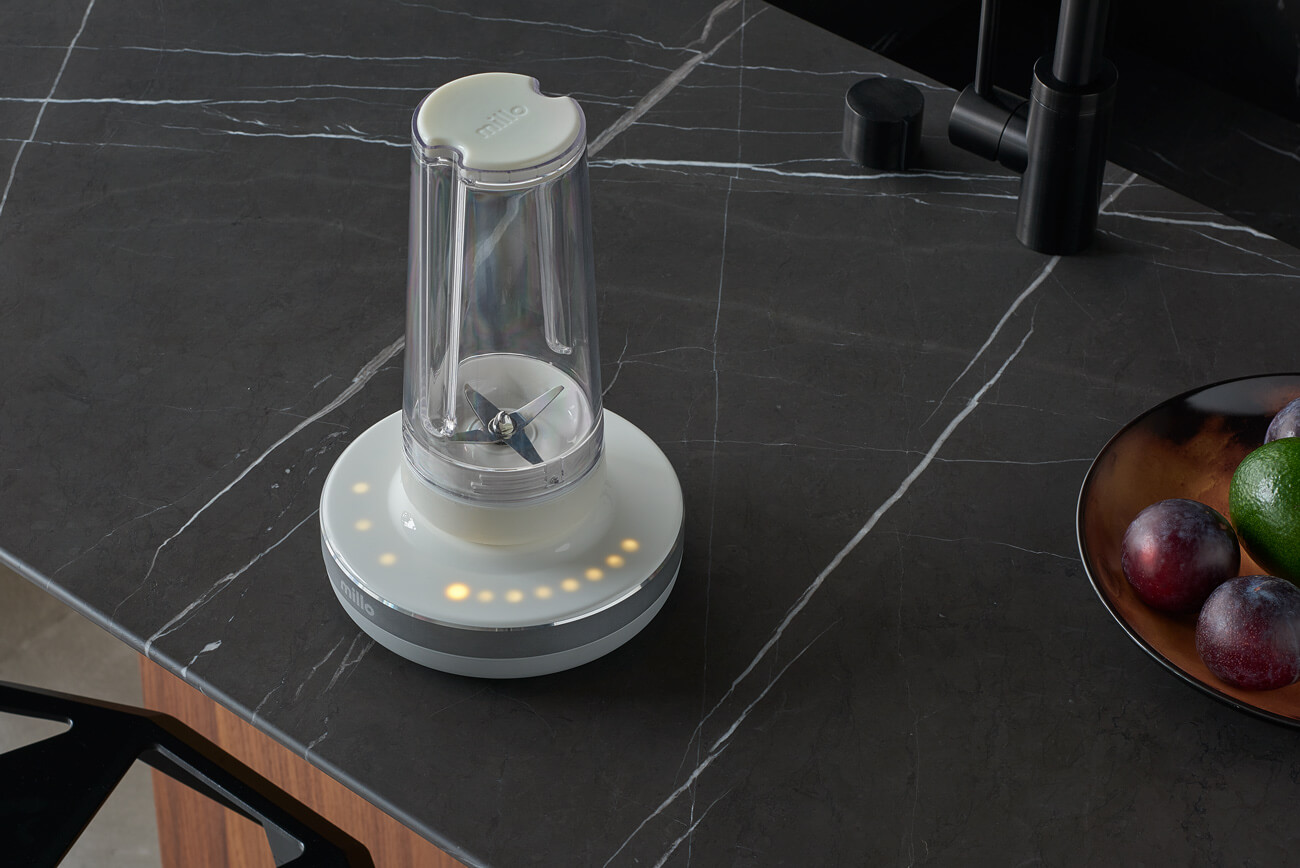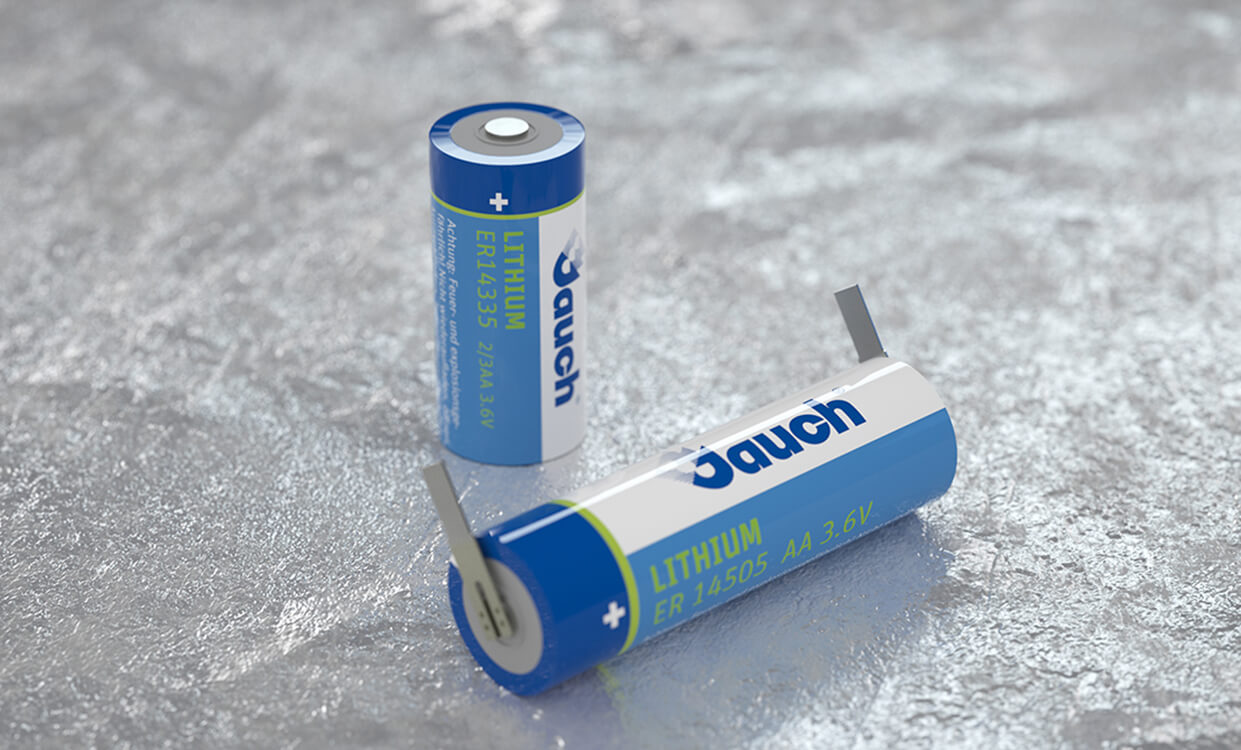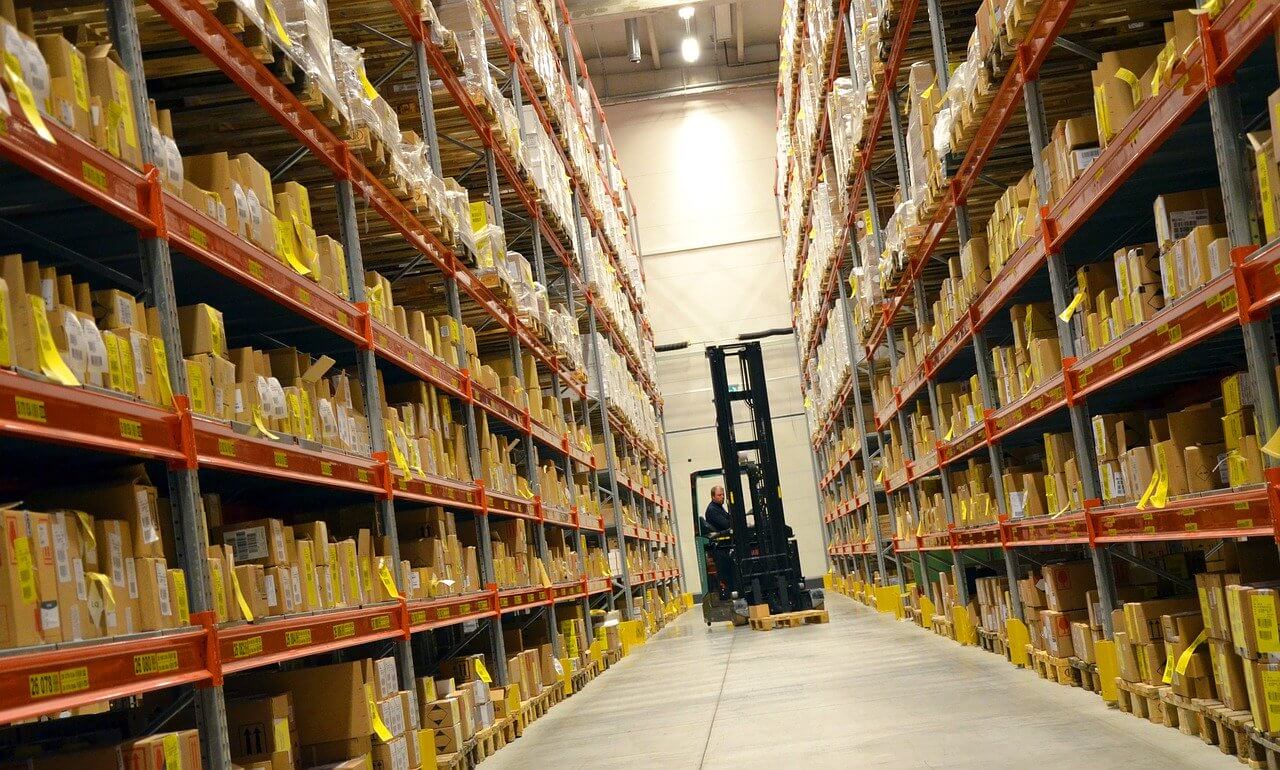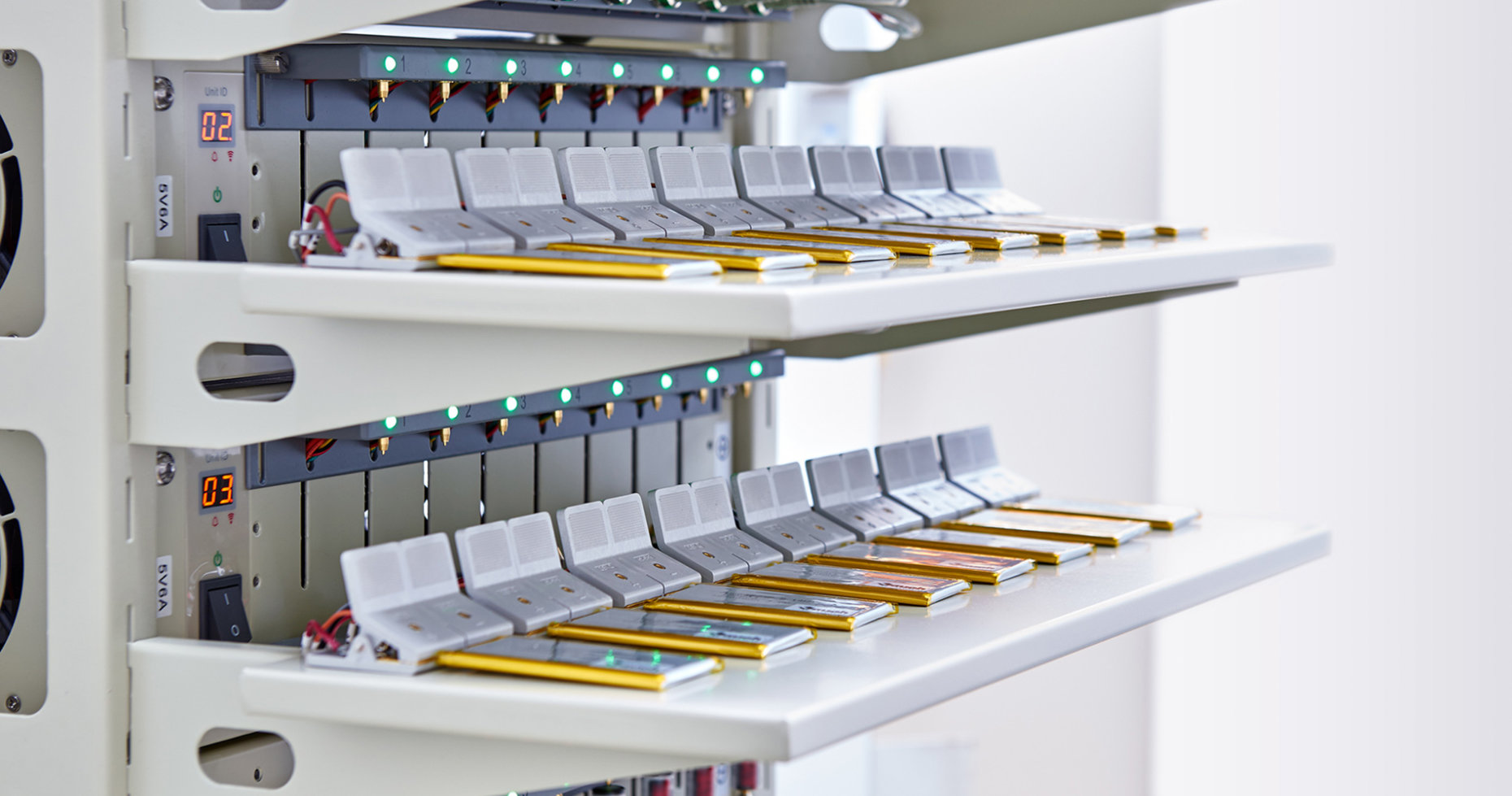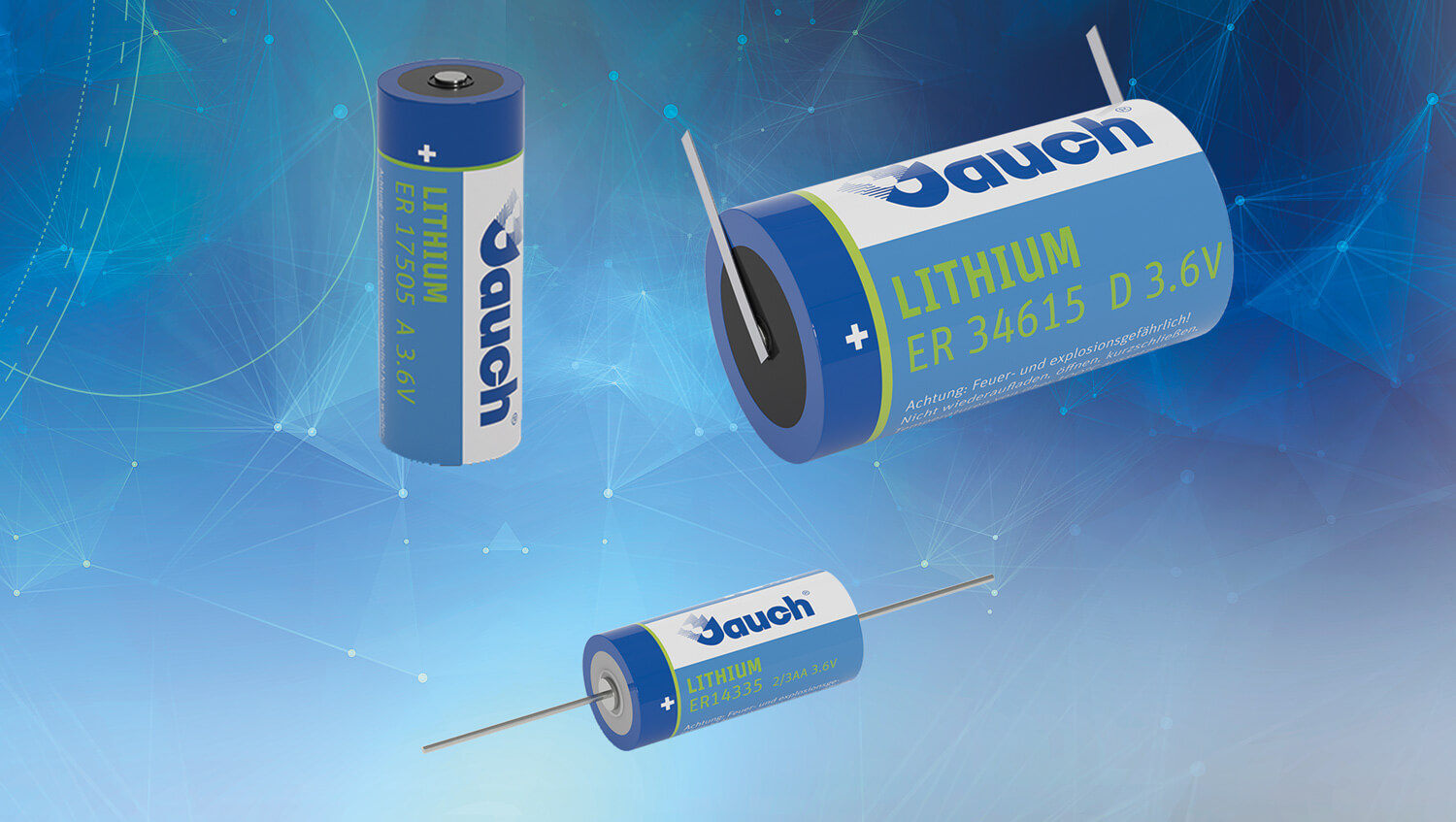The Most Important Parameters for Selecting the Ideal Lithium Polymer Battery
Lithium-ion and lithium-polymer batteries currently set the standards in the battery market in terms of performance, cell voltage and service life. While lithium ion batteries are thought to power the vast majority of our cars in the future, lithium polymer batteries are already supplying power to our mobile phones and laptops today. Both cell types
- Published in Battery Technology
Customer Success Story: Why Millo Appliances Rely on Jauch – Twice
“If Apple made a blender, this would be it” – the British-American online news portal Mashable nailed it. When it comes to aesthetics and product design, the blender “Millo”, created by the Lithuanian start-up Millo Appliances, is very close to the great idol from Cupertino. Besides its award-winning design, the technology behind “Millo” is particularly
- Published in Battery Technology, Customer Success Stories, Frequency Control Products
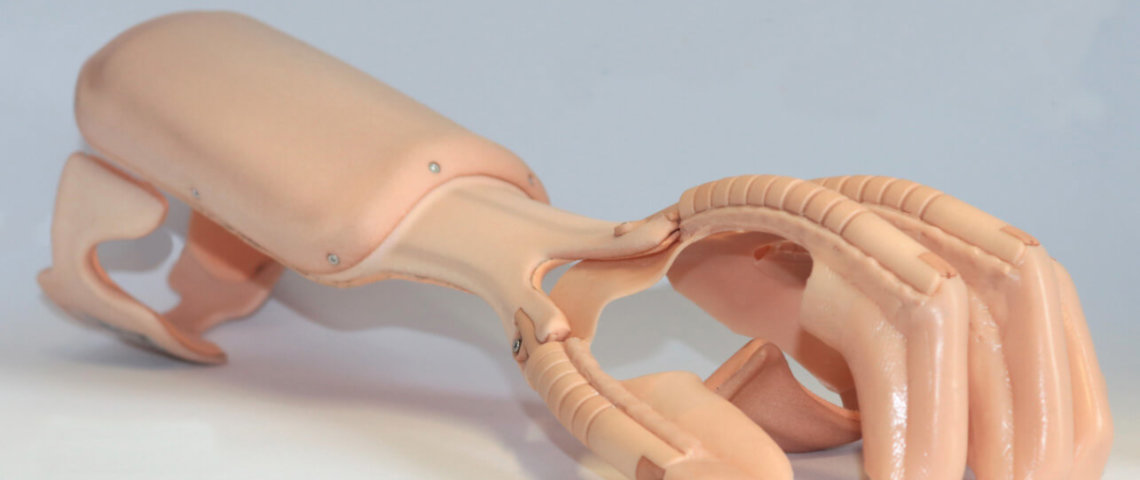
Customer Success Story: A Powerful Lithium-Ion Battery for HKK Bionics
Everyday activities such as tying shoes or eating with knife and fork are almost impossible for patients with paralyzed or weakened hands. The German-based start-up HKK Bionics is aiming to help these people with its newly developed hand orthosis. “Our exomotion® hand one is a kind of motorized partial glove with forearm splint,” explains Dominik
- Published in Battery Technology, Customer Success Stories
Passivation of Lithium Thionyl Chloride Batteries
Lithium thionyl chloride (LiSOCl2) batteries are special in many ways; with 3.6 volts, they have the highest cell voltage of any primary batteries available. They are also extremely durable and can be safely stored for long periods of time. This excellent shelf life is the result of another special feature of LiSOCl2 batteries called “passivation”.
- Published in Battery Technology
Customer Success Story: Early Detection via MRI – an Amagnetic Lithium Polymer Battery for Northh Medical
Northh Medical, a MedTech start-up founded in 2017 in the German city of Hamburg, focuses on early detection of congenital heart defects of unborn children in the womb. “Especially in the last weeks of pregnancy, routinely conducted ultrasonographic cardiac imaging reaches its limits,” says Dr. Christian Ruprecht, one of the founders. That’s why Ruprecht and
- Published in Battery Technology, Customer Success Stories
Amendment to UN 38.3: Test Report for Lithium Batteries Becomes Mandatory
January 1st, 2020 was an important date for anyone shipping lithium cells or batteries. From that date forward, all shippers must be able to provide a test summary proving the products shipping have passed the UN 38.3 test for the transport of lithium batteries. This regulation applies to all modes of transport and it applies
- Published in Battery Technology
Customer Success Story: Deeper’s Smart Fish Finder
Fishing is one of the most relaxed hobbies you can imagine. Just cast out your line and hope a fish will take the hook. Sometimes however, the angler’s patience is not rewarded and he has to return home without having caught anything. If you want to avoid this disappointment and don’t want to rely on
- Published in Battery Technology, Customer Success Stories, Frequency Control Products
Lithium Polymer: More Safety Thanks to Ceramic Separators
Whether you speak of lead-acid, alkaline or lithium batteries, none of them can work without a separator which parts the positively and negatively charged electrodes. The separator prevents direct contact between the two poles and thus avoids a short circuit of the battery. It is therefore considered the essential safety feature of a cell. Even
- Published in Battery Technology
Advantages and Special Characteristics of Lithium Thionyl Chloride Batteries
Lithium thionyl chloride batteries (Li/SOCl₂) belong to the lithium primary cell family. Unlike lithium ion or lithium polymer batteries, these cells cannot be recharged once they have been discharged. However, due to their long lifetime, this characteristic is of little importance in everyday use. In fact, lithium thionyl chloride batteries supply power to applications for
- Published in Battery Technology


 Deutsch
Deutsch 